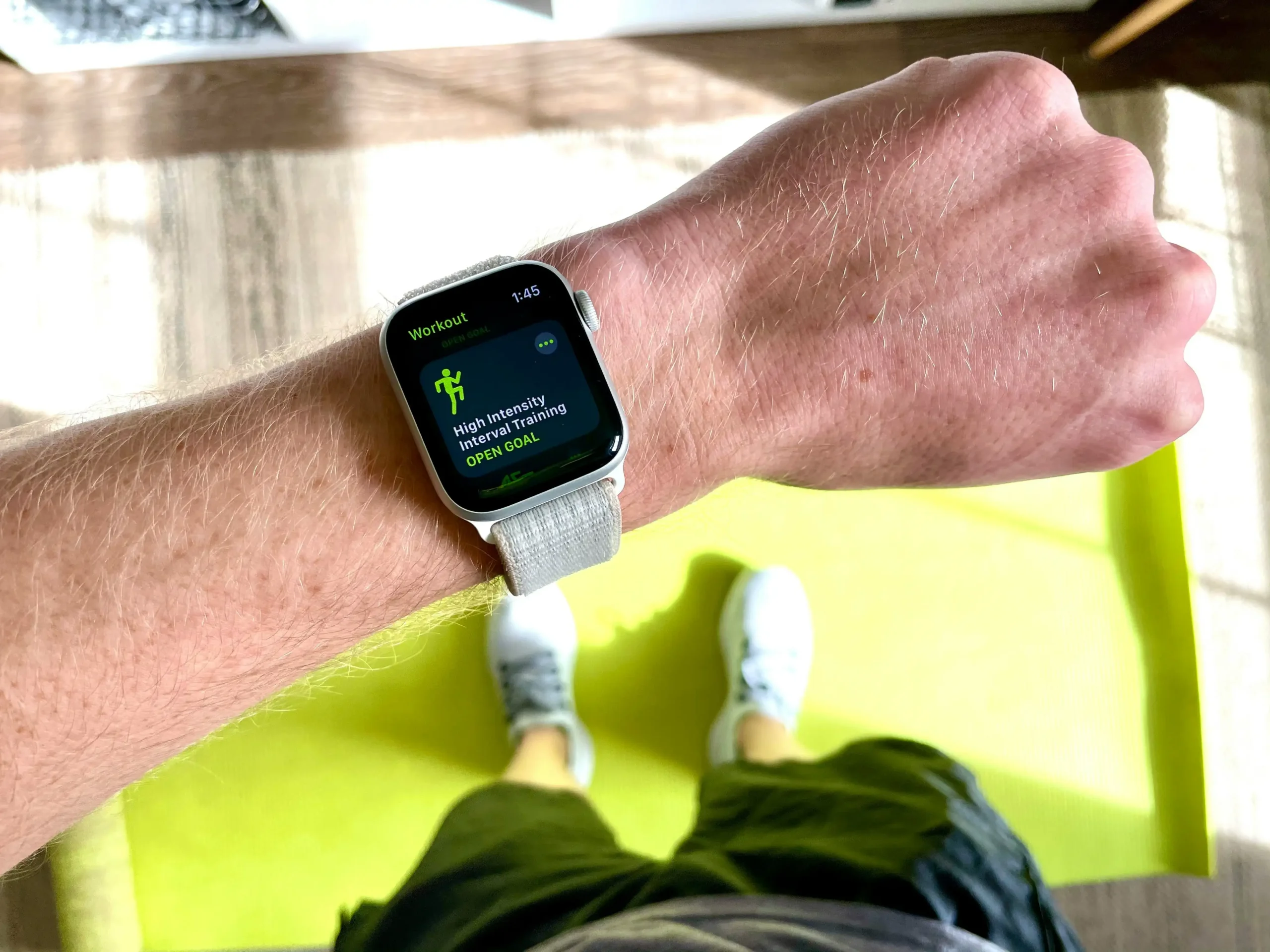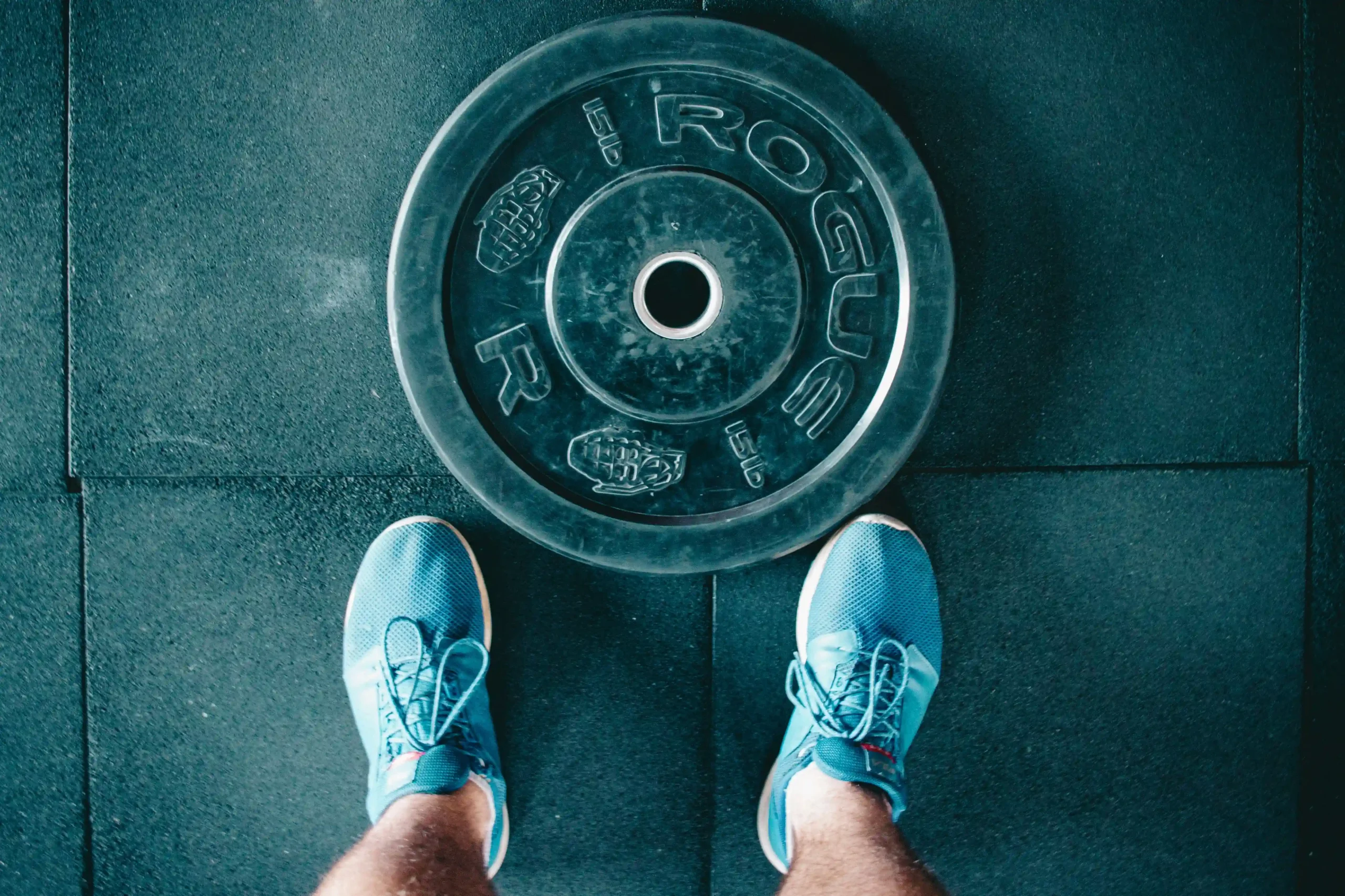Exercise Bike Pedals: Revolutionizing Fitness in 2025
Picture this: You’re halfway through a high-intensity spin class when suddenly, your foot slips off the pedal. Your rhythm falters, your momentum drops, and frustration sets in. Now, imagine a world where exercise bike pedals adapt to your movements, track your performance in real time, and even reduce your carbon footprint. Welcome to 2025—where exercise bike pedals aren’t just a component of your workout bike but a cornerstone of modern fitness innovation. With global home fitness markets projected to hit $14.7 billion by 2025 (Statista), pedal technology is leading the charge in smarter, safer, and more sustainable workouts. In this guide, you’ll uncover how cutting-edge pedal designs are transforming rides, boosting efficiency, and redefining what it means to train smarter.
The Evolution of Exercise Bike Pedals: From Basics to Breakthroughs
Exercise bike pedals have come a long way since the clunky, one-size-fits-all designs of the early 2000s. Today’s models integrate aerospace-grade materials, ergonomic engineering, and AI-driven analytics. For instance, 2025’s top-rated pedals, like the Wahoo RPM Carbon, use carbon fiber composites to reduce weight by 40% while increasing durability. This shift isn’t just about comfort—studies show optimized pedals can improve power transfer by up to 15%, translating to faster gains for cyclists. Brands like Peloton and NordicTrack now prioritize adjustable cleat systems, catering to both casual riders and elite athletes. The result? A pedal ecosystem that’s as adaptable as your fitness goals.
But why does this matter now? The post-pandemic fitness boom has reshaped consumer expectations. Riders demand gear that maximizes limited workout time, and pedals play a pivotal role. A 2024 survey by Fitness Tech Magazine found 68% of cyclists prioritize pedal compatibility when purchasing bikes. Manufacturers are responding with modular designs—think swappable cleats for road vs. mountain biking—and self-lubricating mechanisms that slash maintenance. The message is clear: In 2025, exercise bike pedals are no longer an afterthought but a critical investment for performance.
Why Pedal Design Matters: Ergonomics Meets Efficiency
Poorly designed pedals don’t just cause discomfort—they can lead to injuries. According to the American Council on Exercise, improper foot alignment during cycling contributes to 23% of lower-body strains. 2025’s solutions focus on biomechanics, with brands like Garmin introducing pedals that adjust tilt angles mid-ride via app controls. These micro-adjustments ensure optimal knee tracking, reducing joint stress during marathon sessions. Meanwhile, Look’s latest Delta line incorporates pressure sensors that highlight imbalances, nudging users to correct posture in real time.
Sustainability is another key driver. Companies like Schwinn now use ocean-bound plastics in pedal bodies, aligning with the UN’s Sustainable Development Goals. This eco-conscious shift resonates with consumers—73% of buyers under 40 prefer brands with green initiatives (Nielsen 2024). Yet functionality remains king. Take Stages Cycling’s dual-sided power meters: These pedals measure wattage per leg, offering granular data that helps athletes refine their stroke symmetry. The lesson? Modern pedals blend ethics, ergonomics, and elite performance seamlessly.

Smart Pedals & Connected Fitness: The IoT Edge
The rise of IoT has turned exercise bike pedals into data powerhouses. Imagine pedals that sync with your Apple Watch to adjust resistance based on heart rate—or ones that gamify workouts by tracking RPMs in apps like Zwift. In 2025, this isn’t sci-fi; it’s standard. For example, Favero’s Assioma DUO pairs with 30+ training platforms, offering metrics like torque efficiency and cadence variability. Such insights help users pinpoint weaknesses, turning every ride into a targeted training session.
Integration extends beyond metrics. Peloton’s new Guide Pedals feature haptic feedback, gently vibrating to cue form corrections. Meanwhile, VirZoom’s VR-compatible pedals let riders race through digital worlds, merging fitness with entertainment. As Digital Trends notes, these innovations are driving a 200% YoY increase in smart pedal sales. The takeaway? Connectivity isn’t a luxury anymore—it’s the heartbeat of modern cycling.
Eco-Friendly Pedals: Greening Your Ride
Sustainability isn’t just a buzzword in 2025—it’s a design imperative. Brands are reimagining exercise bike pedals through circular economy principles. For instance, Wahoo’s RECOVER line uses 100% recycled aluminum, cutting production emissions by 60%. Even packaging gets a green makeover: Tacx’s BioPedals ship in compostable maize starch foam, diverting 8 tons of waste annually. These efforts matter to consumers: 65% report willingness to pay a premium for eco-friendly fitness gear (McKinsey 2024).
But innovation goes beyond materials. Shimano’s new Regenerative Pedals harness kinetic energy from your ride to charge devices. A 30-minute session can power a smartphone for two hours—proof that fitness tech can both protect and empower. With climate concerns mounting, eco-conscious pedals are pedaling toward a brighter future.
Choosing the Right Pedals: A 2025 Buyer’s Guide
With endless options, selecting exercise bike pedals in 2025 can feel overwhelming. Start by assessing your goals: Are you training for a triathlon or streaming live classes? Competitive cyclists should prioritize power meters and cleat versatility (e.g., SPD-SL vs. Look Delta). Home users might favor quiet, maintenance-free models like the Exerpeutic SilentStride. Don’t overlook fit—platform size should match shoe dimensions to prevent hotspots. For hybrid riders, Speedplay’s Nano series offers dual-sided entry, perfect for quick transitions.
Budget also plays a role. While premium pedals like Garmin’s Rally RS 200 hit $600, mid-range options like the Shimano PD-ES600 deliver 80% of the features at half the cost. Lastly, check compatibility—most modern bikes use 9/16” crank threads, but vintage models may differ. When in doubt, consult guides from BikeRadar or consult a local technician. Remember: The best pedals aren’t the priciest—they’re the ones that align with your ride.
Future Trends: What’s Next for Exercise Bike Pedals?
As we look beyond 2025, exercise bike pedals will continue evolving. Expect AI coaches embedded in pedals, offering real-time vocal cues (“Shift your weight left!”). Materials science breakthroughs, like graphene-infused axles, could make pedals 50% lighter without sacrificing strength. Augmented reality integration might project cadence targets onto your floor, turning workouts into immersive experiences. Meanwhile, 3D-printed custom pedals, tailored to your foot’s biomechanics, could become mainstream.
Regulation will also shape the market. The EU’s upcoming EcoDesign 2030 standards mandate recyclability for all fitness components, pushing brands toward cradle-to-cradle models. One thing’s certain: The pedal’s role is shifting from passive hardware to an intelligent, eco-aware partner in every ride.
Exercise bike pedals in 2025 are more than a link between you and the bike—they’re a bridge to smarter training, greener habits, and boundless innovation. Whether you’re optimizing power output, preventing injury, or reducing your carbon footprint, today’s pedals offer solutions that were unthinkable a decade ago. Ready to transform your ride? Start by upgrading your pedals. Then, share your story: How will you redefine fitness in 2025? The revolution is just beginning.
